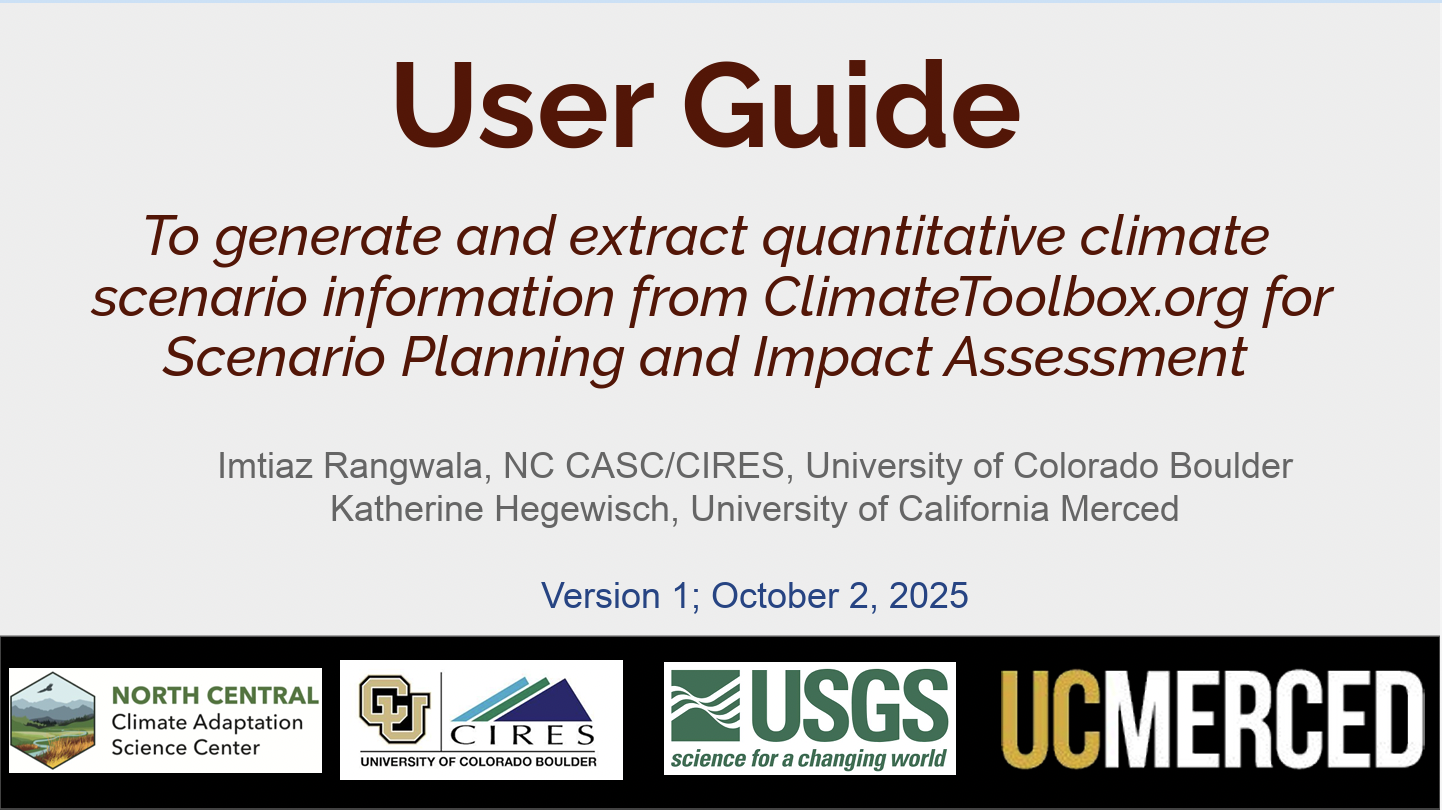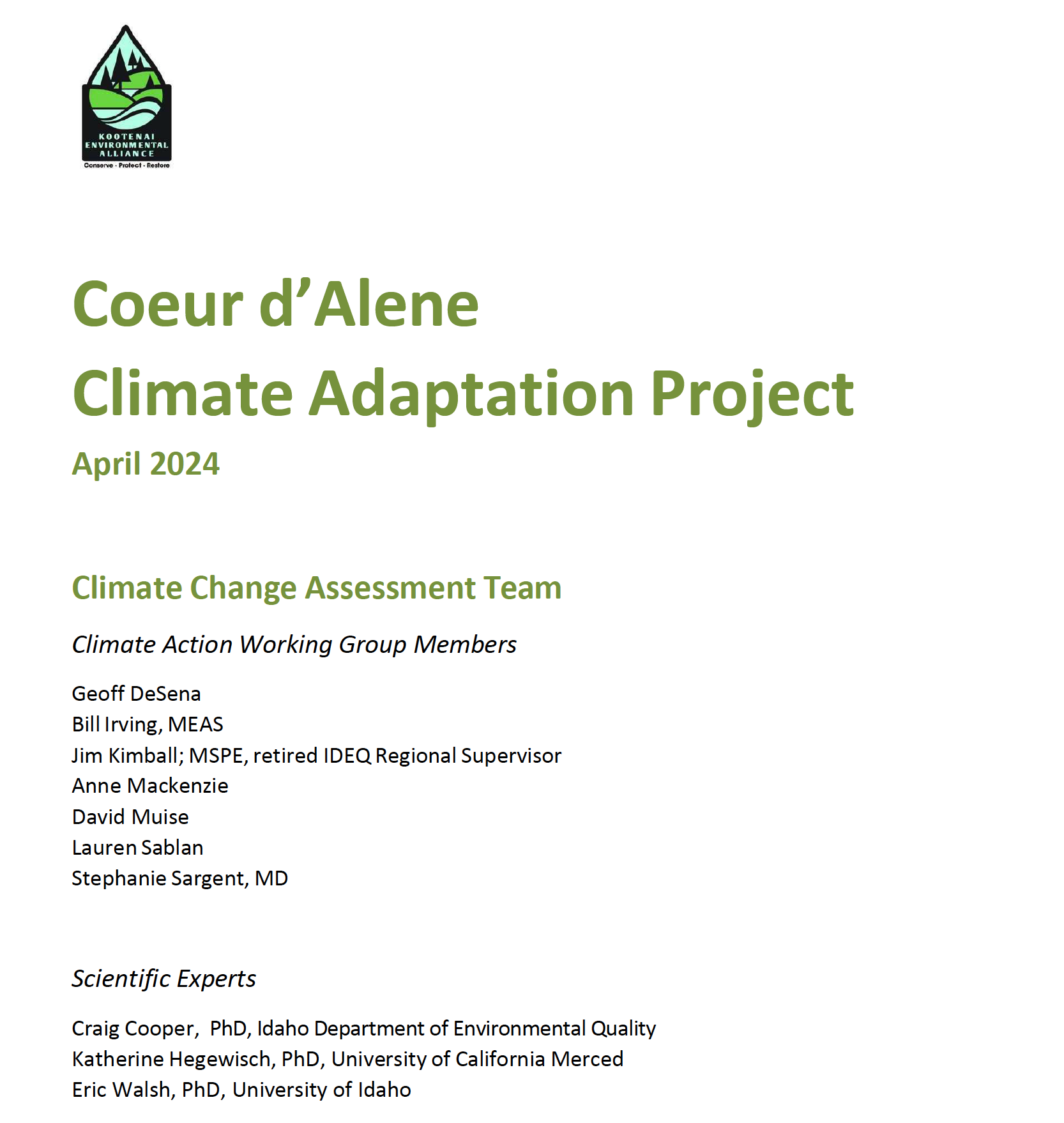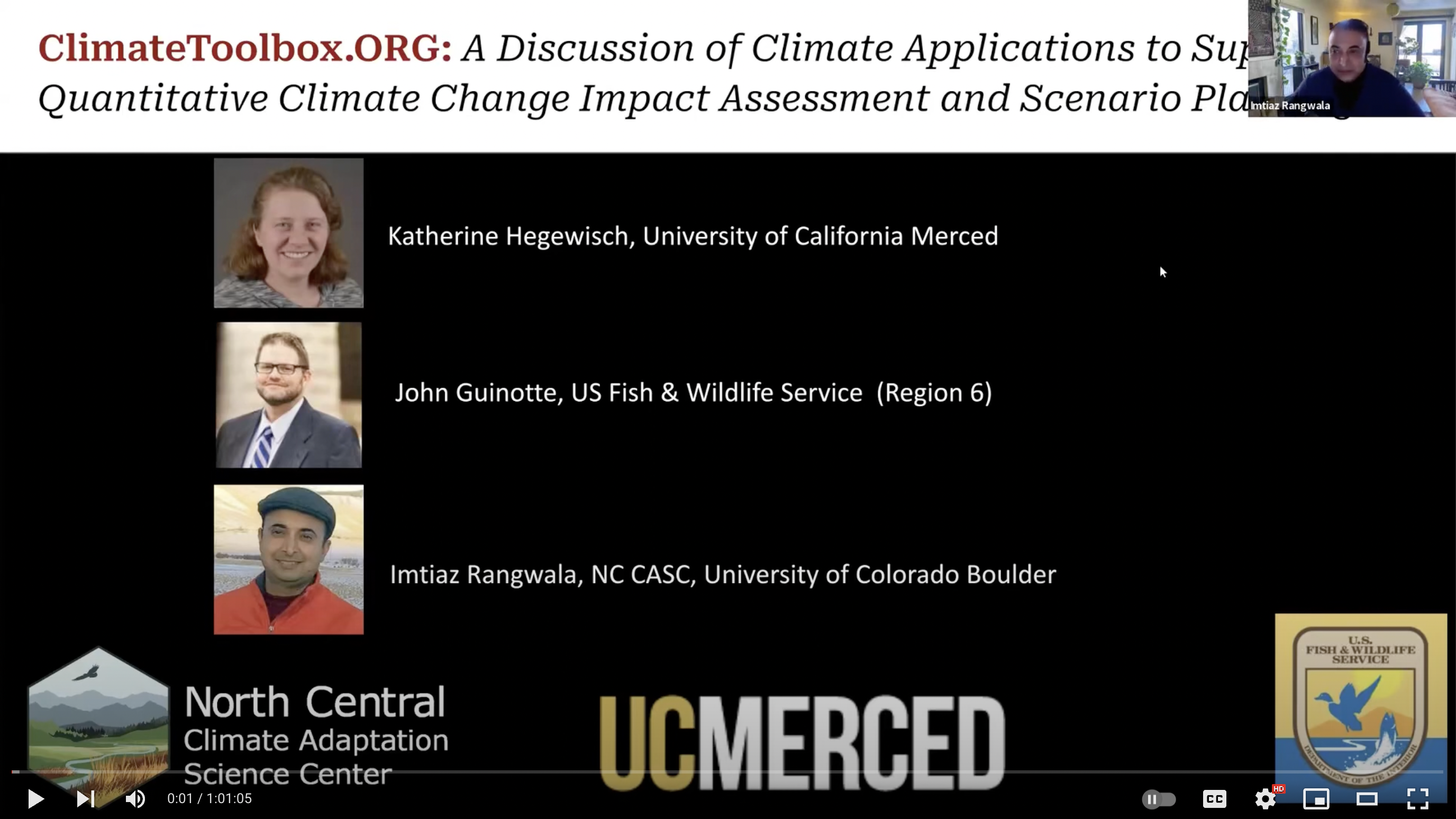Oct 2025: Climate Scenarios User Guide

User Guide for Climate Scenarios Tool
A new user guide has been added to the Future Climate Scenarios tool and the Guidance section of the Climate Toolbox.
This user guide provides an overview on the process of generating and extracting climate scenario information from the ClimateToolbox for scenario planning and impact assessment. This includes the use of the Future Climate Scenarios tool, the Future Climate Scatter Tool and the Future Time Series tool.





